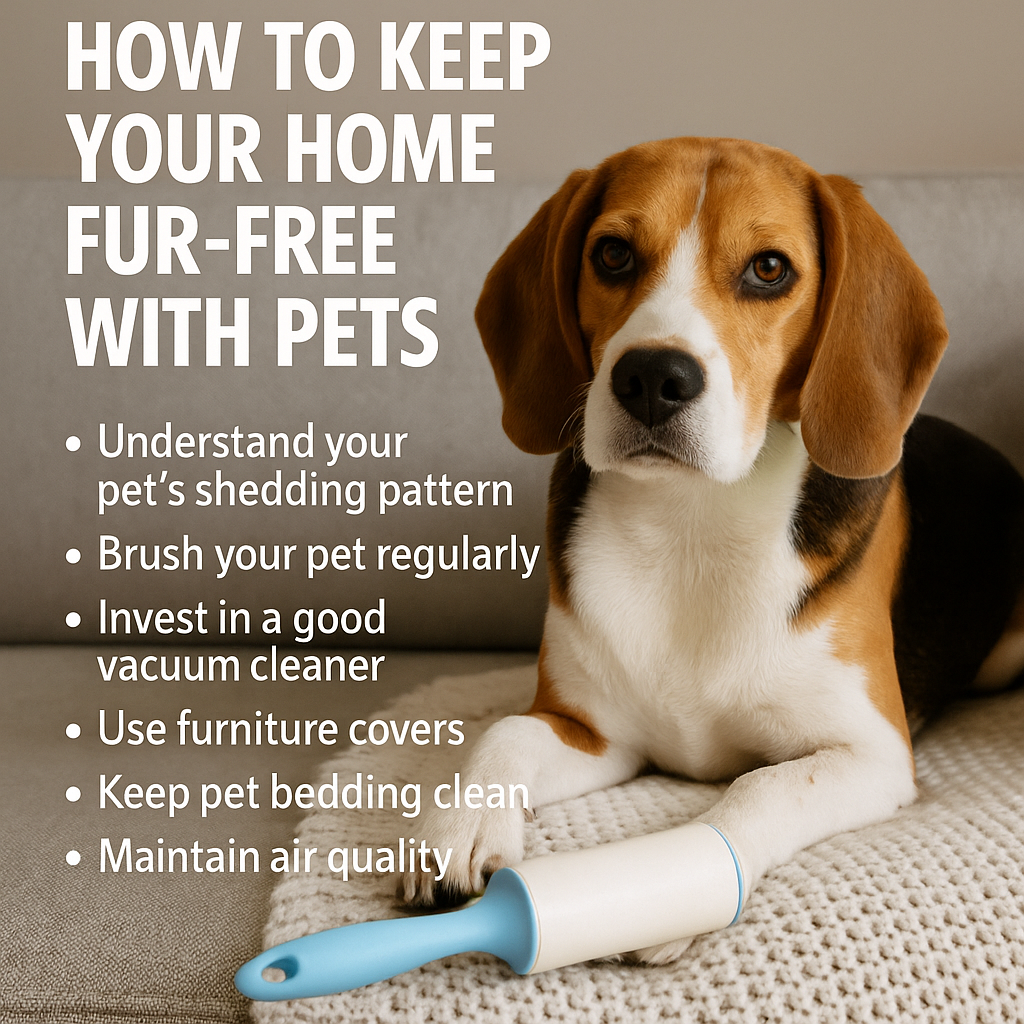Your home is your pet’s world, and keeping it safe should be a top priority. Dogs and cats are naturally curious and can easily get into trouble if potential hazards aren’t addressed. From hidden toxins to sharp objects and risky areas, a few simple adjustments can create a much safer environment for your furry friend.
In this article, you’ll discover non-veterinary, practical tips on how to make your home safer for pets.
Identify Common Household Hazards
Start by recognizing possible dangers:
- Electrical cords
- Toxic houseplants
- Small choking hazards (buttons, toys, etc.)
- Open windows or balconies
- Cleaning chemicals
- Food items harmful to pets (chocolate, grapes, onions)
Knowing the risks is the first step toward prevention.
Secure Electrical Cords and Outlets
Pets love to chew on cords, especially puppies and kittens.
- Use cord protectors or hide cords behind furniture.
- Unplug devices when not in use.
- Consider outlet covers to prevent accidents.
Keeping cords out of reach reduces the risk of electric shocks.
Store Cleaning Products Safely
Many common cleaning products are toxic to pets.
- Store all cleaners, detergents, and sprays in locked cabinets.
- Opt for pet-safe, non-toxic cleaning products when possible.
- Wipe surfaces thoroughly after cleaning to remove residue.
Don’t forget laundry rooms—detergent pods and fabric softeners can be dangerous too.
Keep Human Food Out of Reach
Certain foods can be toxic to pets, including:
- Chocolate
- Grapes and raisins
- Onions and garlic
- Alcohol
- Xylitol (a sweetener found in gum and some peanut butters)
Keep food stored securely and educate family members about pet-safe snacks.
Use Pet-Safe Houseplants
Some popular plants are toxic to pets:
| Toxic Plants | Pet-Safe Alternatives |
|---|---|
| Lilies | Spider Plant |
| Pothos | Areca Palm |
| Dieffenbachia (Dumb Cane) | Bamboo Palm |
| Sago Palm | Boston Fern |
Keep plants out of reach or opt for non-toxic varieties.
Prevent Access to Small Objects
Small items can become choking hazards.
- Pick up small toys, buttons, coins, and jewelry from floors and low tables.
- Keep craft supplies and office materials stored securely.
- Monitor young pets closely during playtime.
Providing plenty of pet-safe toys helps reduce the temptation to chew on unsafe items.
Secure Windows and Balconies
Open windows and balconies pose fall risks.
- Use sturdy window screens.
- Supervise pets on balconies.
- Install balcony netting if needed for extra safety.
Cats, in particular, may attempt risky climbs near open windows.
Create Pet-Safe Zones
Establish designated areas for your pet.
- Use baby gates to limit access to certain rooms.
- Set up a quiet, hazard-free corner with their bed, toys, and water.
- Close doors to rooms where hazards are difficult to remove.
This helps your pet stay out of trouble when you’re not watching.
Check Furniture and Gaps
Small pets can get stuck behind or under furniture.
- Block off small gaps with furniture pads or barriers.
- Secure heavy items on shelves that could fall if bumped.
Make sure there are no sharp edges or unstable furniture that could topple over.
Keep Trash Cans Covered
Pets are often attracted to garbage.
- Use trash cans with tight-fitting lids.
- Place garbage bins inside cabinets if possible.
- Dispose of food scraps promptly, especially bones and food wrappers.
This prevents ingestion of harmful items.
Be Careful with Medications
Both human and pet medications can be dangerous in the wrong doses.
- Store all medications out of reach in cabinets.
- Never leave pills on counters or tables.
- Keep pet medications clearly labeled and stored separately.
If medication spills, clean it up immediately.
Monitor Toys for Wear and Tear
Even pet toys can become hazards.
- Inspect toys regularly for broken parts.
- Discard any toys with loose stuffing or small, detached pieces.
- Choose durable, size-appropriate toys for your pet’s breed and chewing habits.
Keep Floors Clean
Small debris can pose a risk.
- Vacuum regularly to pick up pet hair and small objects.
- Clean up spills promptly to prevent slipping.
- Keep floors free from dropped food or sharp items.
Final Thoughts: A Safer Home for Happier Pets
Pet-proofing your home doesn’t require major renovations—just some thoughtful changes and ongoing awareness. By removing hazards, securing dangerous items, and creating designated safe zones, you’ll give your dog or cat a safer space to explore, play, and rest comfortably.
